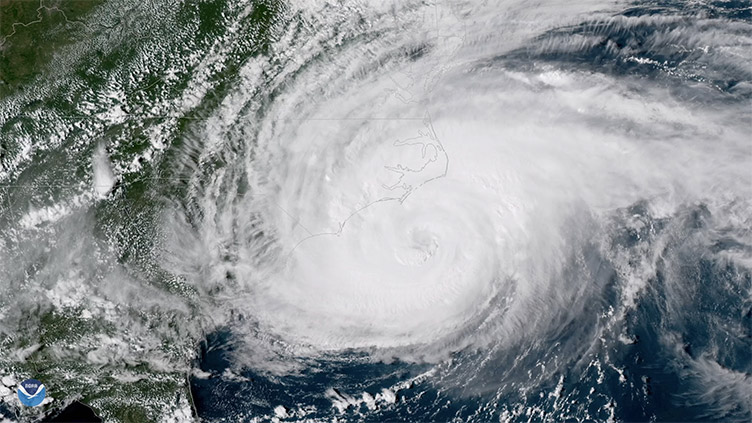
17 Sep How to Prepare for Hurricane Winds
Well, autumn is here. When we normally would be thinking about fall colors, bonfires and football, Florence has delivered another agenda for our autumn days, here in North Carolina.
Here’s some information on how to get ready for the next storm.
It looked for a while like the US would escape any significant activity this hurricane season but, as ocean waters have warmed, we’ve seen things change a bit, and it now seems increasingly likely that this will be a more violent hurricane season than earlier anticipated.
Over the past year, the construction industry has taken a serious look at roof performance following the major hurricanes that devastated Florida, Texas, and the Caribbean during the 2017 season. As a company, Classic Metal Roofing Systems has done extensive visitation to Florida and Texas this year as well as consulted with numerous property owners and contractors in the Caribbean. Our goal is to assess roof performance and be able to provide our customers with ideas that will provide enhanced protection for their homes in the future.
Here are a few key observations which we feel will have a significant positive impact on roof performance during extreme wind events:
Current Building Code Compliance
While sometimes it can be aggravating to have to deal with new building codes, they do serve a purpose. We have observed much better performance from roofs and homes built according to these new requirements than from older structural designs.
Airborne Debris
Your roof is only as safe as your neighbors’ roofs. Particularly in the instance of tile roofs that blow off, we have seen significant damage to roofs when materials from other roofs land on them. Similar problems can be caused by trees and limbs that blow against the house, setting off roof damages.
You can read the full report, here.
Metal Roofing Consistently Out-Performs Other Materials
Even as it ages, metal roofs retain their wind resistance compared to other materials which weaken or become brittle over the years. We have observed many times that other materials become less resilient with age while metal retains its wind resistance. As a side note, aluminum roofing will out-perform steel in corrosive coastal environments.
How to Prepare for Hurricane Winds
We suggest a thorough roof inspection by a qualified contractor like McCarthy Metal Roofing. There may be loose areas or other problems on your roof which, if addressed now, can help with performance during a storm.
Also, make sure that your attic ventilation is properly balanced and functioning. If air rushes into your attic and then can’t escape through well-balanced exhaust vents, your roof decking will sustain great pressure from the air inside the attic. Such stresses can dislodge the decking, leading to roof damages.
Next, secure any loose items in your yard, hopefully preventing them from becoming airborne during wind gusts. Finally, ensure that any trees near your home and roof are cut back to help avoid contact with your home. These are all steps that can help your roof achieve peak performance during hurricanes.
After a Storm: Recovery, Restoration, and Rebuilding
When you’re ready, we’re here to help you find the very best roofing solution for your North Carolina home. As the waters recede, moisture is going to be a problem; a total roofing solution will need to include ventilation. We are the local metal roofing experts who can help you prepare for the next storm, even as you are recovering from the last.
